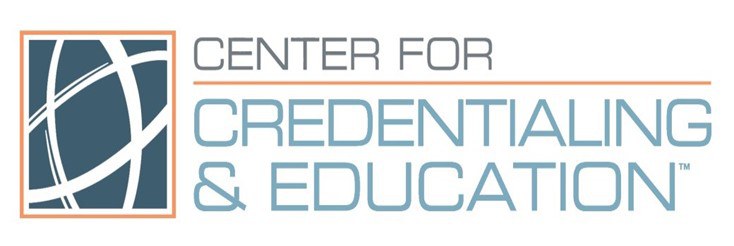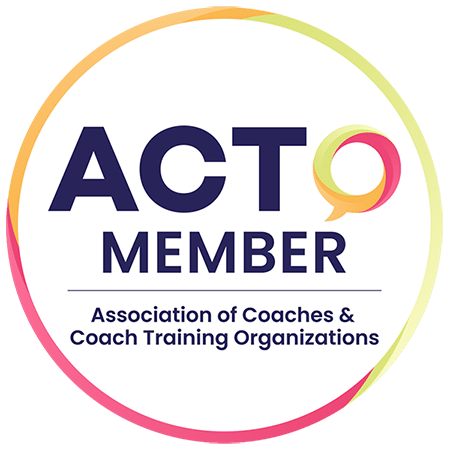
By: Elizabeth Saigal, Ph.D. CLC
During coaching sessions, clients can present dominant frameworks of approach or avoidance. Bringing awareness to these approach or avoidance tendencies benefits the client with a clearer understanding of how these drives occur. This in turn opens up the range of possibilities that they are willing to explore. It will also support them in refining their boundaries so that what is given and received is more fully aligned with a deeper life purpose.
Approach tendencies
Engaging primarily in approach modality is indicated by a push to continually overcome aversion, compete with others, and find obstacles to surmount. There may be much apparent success. Indeed, these may be the clients that fulfill all the intentions they set during the session and appear to be coaching themselves. However, if they are left feeling hollow in spite of meeting these goals it is because a false sense of progress has been incurred from this continued pressure to achieve. They may present a rescuer, controlling, or dominating outlook which promotes aggressive use of body or mind. This may be indicated by personality characteristics of charisma, intimidation, or interrogation.
Your own response as a coach when working with these clients provides indications about the presence of an approach framework. If you experience awe, a desire to compete, or exhaustion, the client may be in the habit of performing for personal validation. If you notice this, take care to target the internal reasons for action taken. Emphasize questions and statements focusing on insight rather than action steps.
Avoidance tendencies
Engaging primarily in avoidance may be indicated by withdrawal or presenting themes of victim or martyr. These clients may describe themselves as failures even following achievement and may have a pattern of not fully completing the goals set during coaching. They may present a sense of intractability and needing help, with a mindset that life just happens that way. This is due to internal pressure to minimize risk through pulling back or being passive in the use of body or mind. Client descriptions may include retreat, or immobility, or being aloof or nonresponsive; behaviors which provide an illusion of control.
Clues to patterns of avoidance are noticing feelings of judgment, frustration, or sympathy during coaching. Be especially cautious about disconnecting from your own leadership in creating possibilities for action or falling into the client’s purported limitations. Don’t succumb to fixing, judging or labeling as un-coachable. Instead, look for ways to reveal their power over circumstances.
Both frameworks reveal places where challenges have been overcome that can lead to genuine appreciation of inner self. When these strengths are applied to what clients really want they will become even more meaningful. Take the time to acknowledge and appreciate when there is a shift towards balance away from the dominant framework. Draw attention to the contrast to enhance conscious awareness of the mode of operation and related choices. Celebrate with the client when they demonstrate the courage to utilize other ways of being. Encourage embracing the thrill of adventure and discovery and growth so that they come to welcome vulnerability of living according to their inner truths and gain a deeper sense of self trust. As a coach this is the type of coaching that leaves you inspired, grateful, and deeply touched.
 Elizabeth Saigal is an ILCT Certified Life Coach. She offers Life Design Coaching for those intent on connecting with their inner truth and aligning with their intuition to live a life on purpose. You can connect with her and sign up to receive her Free Ten Step Life Design System at www.MySpireCoaching.com.
Elizabeth Saigal is an ILCT Certified Life Coach. She offers Life Design Coaching for those intent on connecting with their inner truth and aligning with their intuition to live a life on purpose. You can connect with her and sign up to receive her Free Ten Step Life Design System at www.MySpireCoaching.com.




